|
Brian was accepted into Tufts Medical School and will be attending next fall, Sophie received the Provost's fellowship, and Catherine received a SMURF! Great work!
0 Comments
Brady had his first Works in Progress Seminar (W.I.P.S.) on Friday for the Biology department. He gave a talk titled, "Assessing the integration of non-indigenous plants into native trophic webs," and got some fantastic questions and suggestions from students and faculty in the department.
Allison's paper is featured in Entomology Today!Allison, Martha, and John's paper, "Ecological Predictors of Pupal Survival in a Common North American Butterfly" was featured in a lovely article from Entomology Today by Paige Embry.
Congratulations to Giselle! We loved having her working with us in the lab, and wish her the best for her future plans.
Alli presents poster on Silver Spotted Skipper pupal behavior at the Smithsonian Botanical Symposium6/7/2017 The abstract for the project is below:
The Role of Plant Litter in the Survival of a Native Butterfly during its Pupal Life Stage Dead canopy tree leaves may seem of little interest to a legume-feeding caterpillar. However, such leaves are readily used by legume-feeding Epargyreus clarus caterpillars just prior to pupation, when they construct leaf shelters for themselves, presumably for protection during the vulnerable pupal stage. This study documents the use of host and non-host litter in shelter construction during laboratory trials, as well as the influence of shelters on pupal mortality in overwintering habitats. Although previous work has shown that E. clarus larvae develop a feeding preference for host plants they have previously fed upon, they do not show this same preference when choosing dead leaves for pupal shelters. Laboratory trials show that non-host Quercus alba leaf litter was as attractive as familiar host plant leaves. To determine the effectiveness of leaf shelters as refuges, sheltered and unsheltered pupae were placed along transects in a temperate deciduous forest in early December, 2016. Preliminary results from this ongoing experiment indicate that both groups of pupae are equally susceptible to predation. By describing the use of leaf litter by E. clarus, this project highlights one of the ubiquitous but rarely-quantified interactions between an insect and a non-host plant. Although non-host leaves are unacceptable for caterpillar feeding, they may provide more durable shelters than E. clarus host leaves. Insect conservation efforts are gaining momentum as people become more aware of the many important ecosystem functions provided by these valuable members of ecological communities. Public engagement in insect conservation is tractable, as the relatively small-scale habitat requirements of many species can be readily provided in backyards, schoolyards, and community gardens. Moreover, insect conservation groups such as the Xerces Society and the National Wildlife Federation are increasingly providing guidance to the public on how to provide habitat for cavity-nesting bees, butterflies, ladybird beetles and a variety of aquatic insects.
Management guidelines for butterfly conservation, while providing excellent suggestions for growing nectar plants for adults and food plants for caterpillars, typically do not address the entire life cycle, and specifically neglect the needs of the pupal stage. Since all life stages are critical to butterfly survival, otherwise well-intentioned conservation efforts can be hampered by failing to account for the pupal phase. We seek to address this issue by 1) conducting original research focused on improving understanding of the effects of pupal habitat selection, natural enemy threat, and human management activities on survival of butterfly pupae; 2) implementing and testing the effectiveness of a variety of pupal conservation approaches by partnering with local institutions already engaged in butterfly conservation activities; and 3) building capacity by advancing the training and mentoring of a doctoral student and several undergraduate research assistants. Above: Dylan collected video footage of a sneaky/speedy mouse eating a Silver-spotted Skipper caterpillar during a feeding pattern experiment.
Below: Butterfly oviposition experiments are up and running. Sasha observes female preference for host plant extracts in the outdoor cage. Dylan, Michael, Chase, and Josh observe our caterpillars' shelter-building behaviors on all six host plants.
|
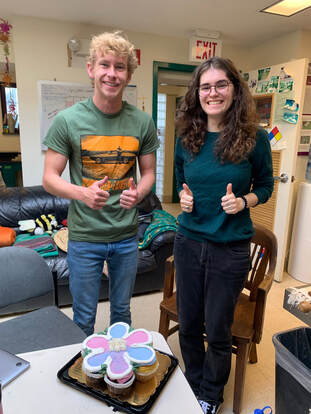
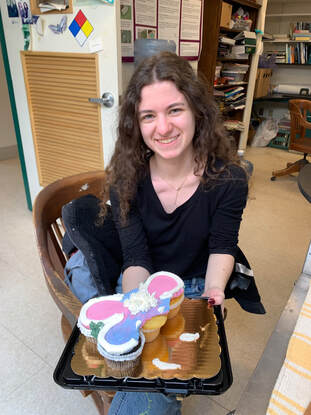


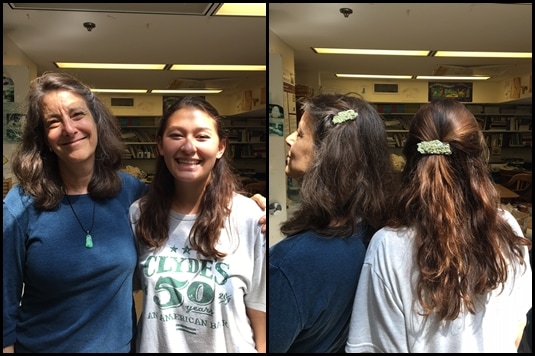
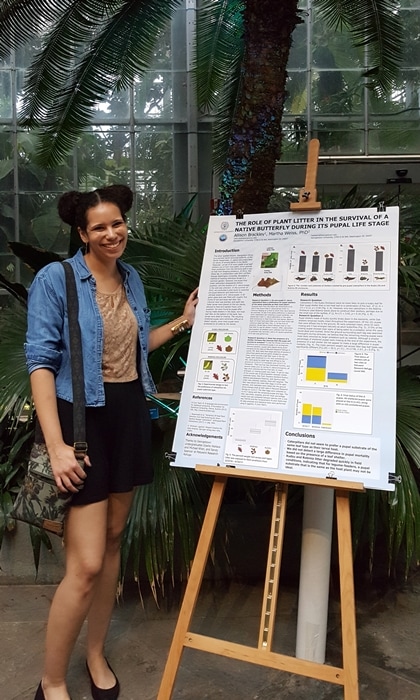
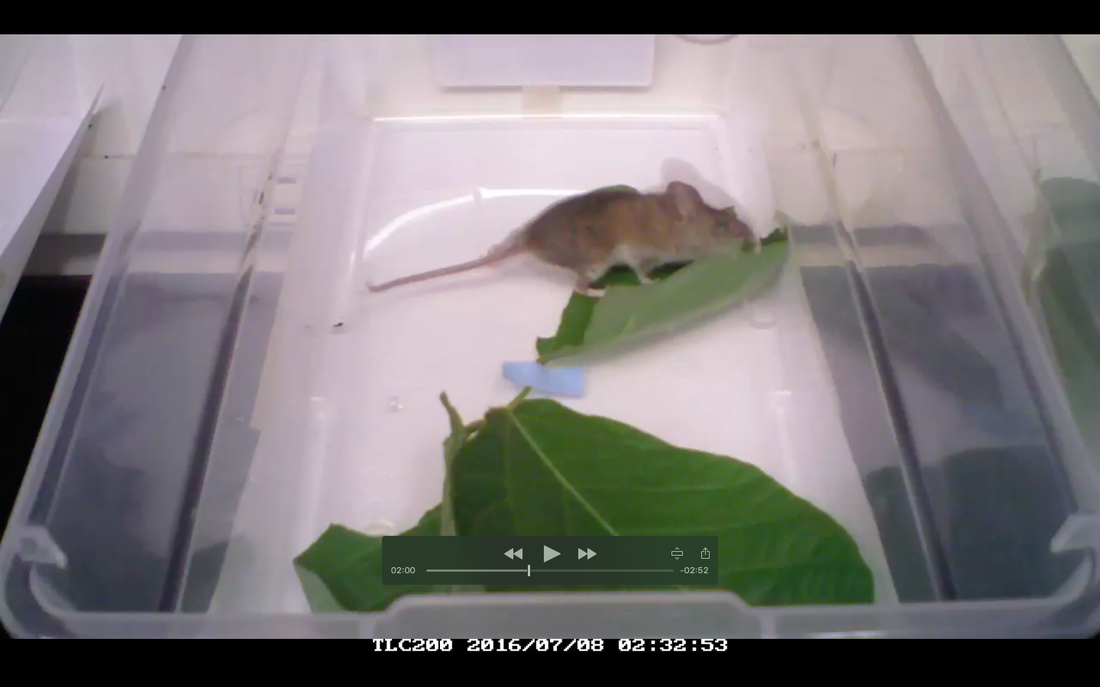
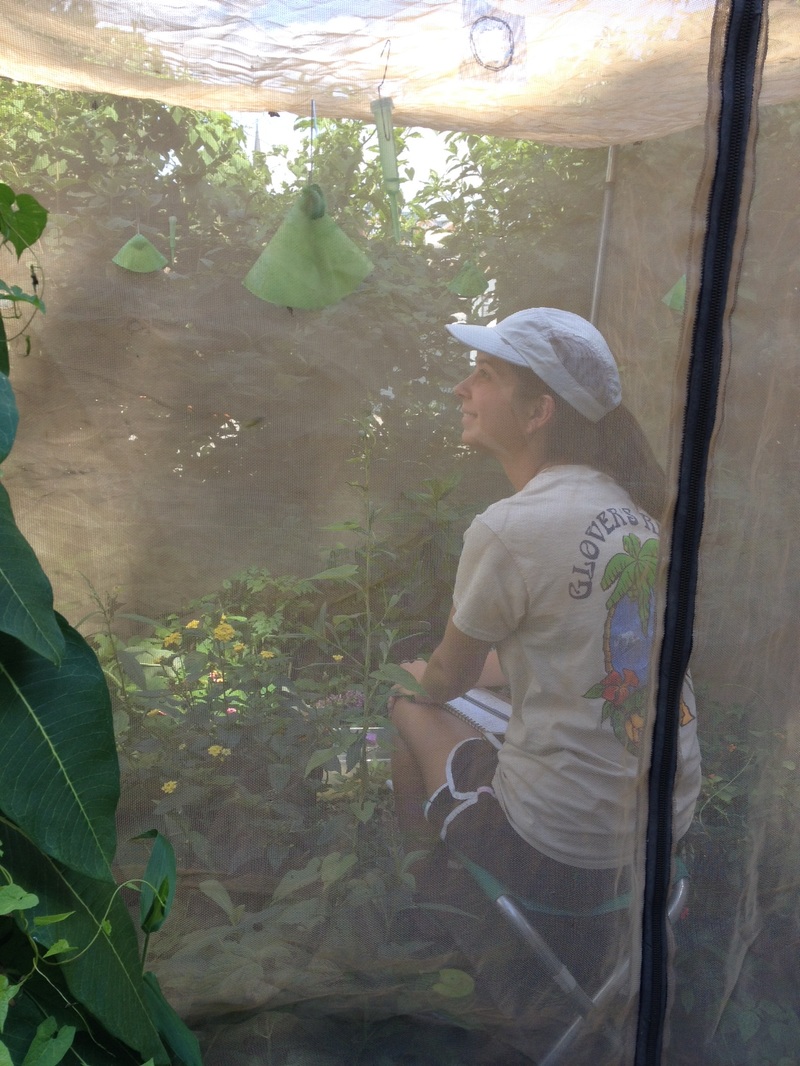
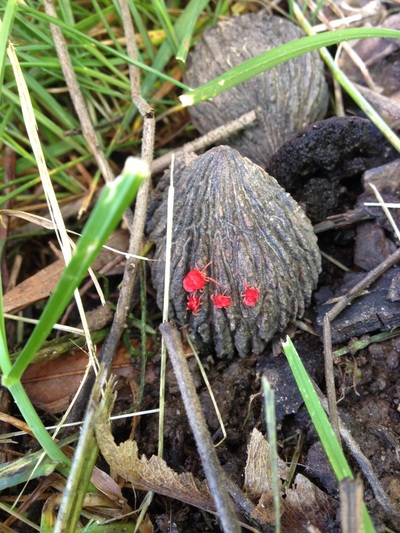
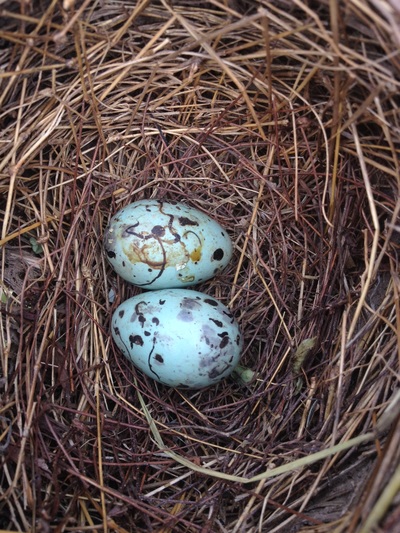
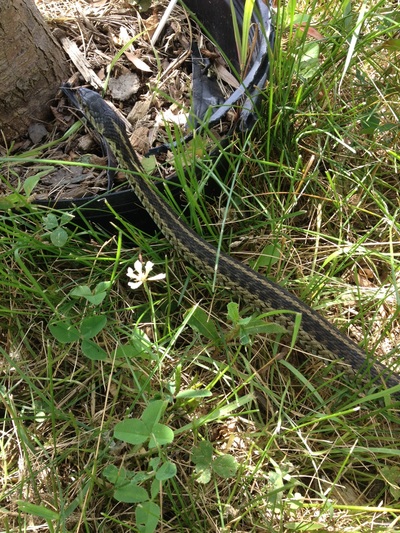
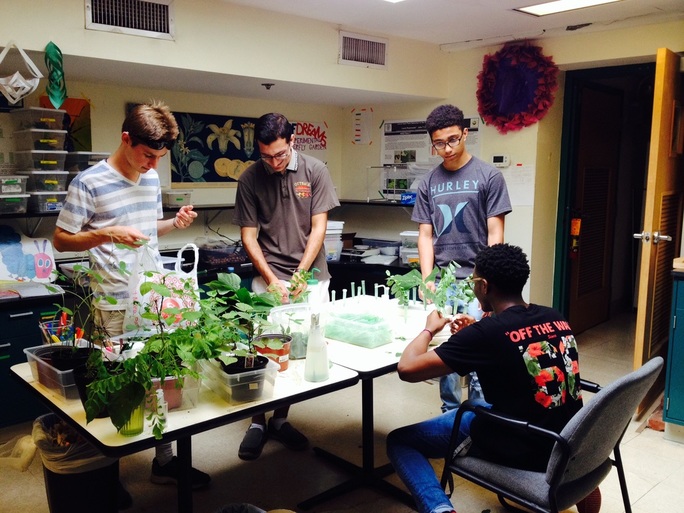
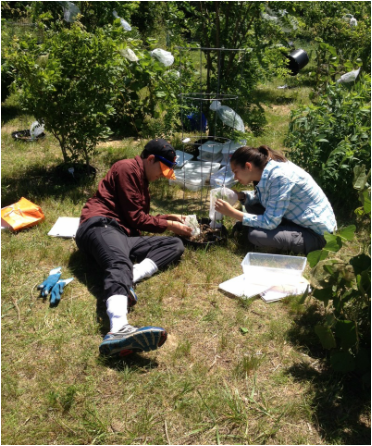
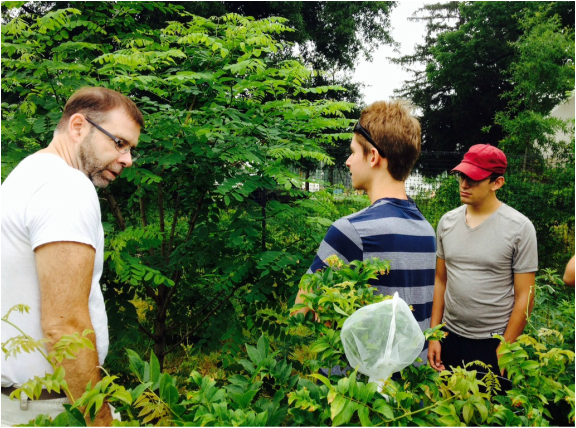
 RSS Feed
RSS Feed
